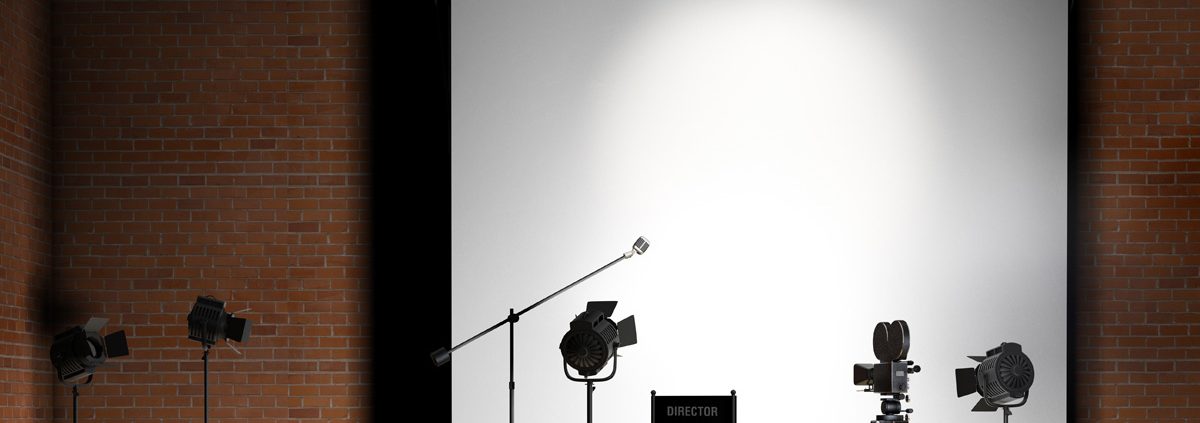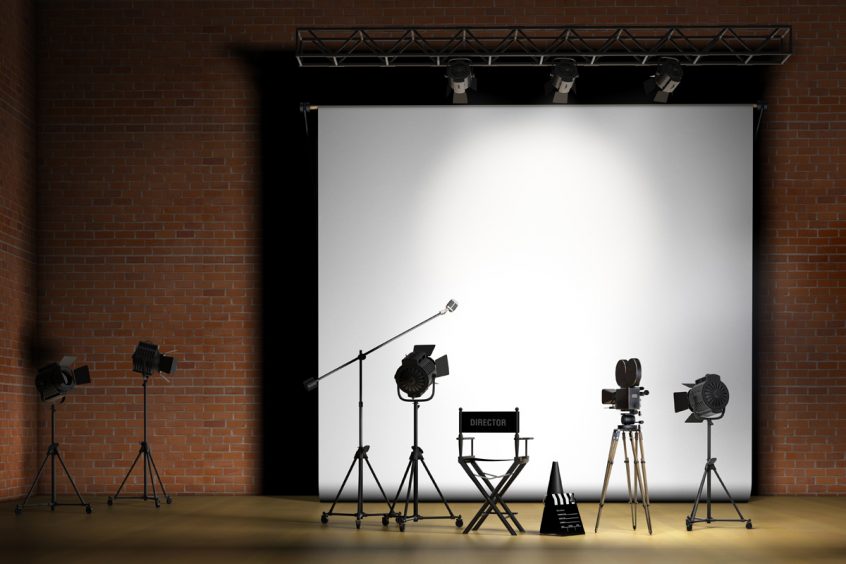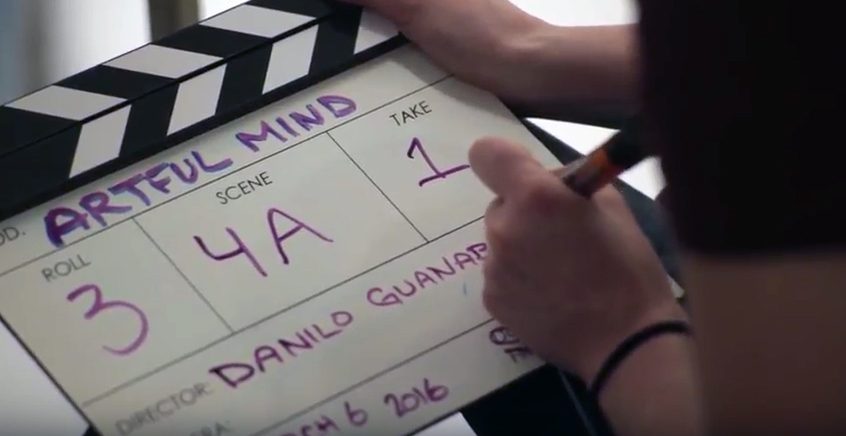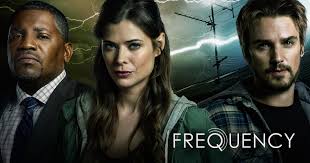The versatility of the DSLR camera has made it a favourite among independent filmmakers. With a compact design that is highly compatible with small crews and Guerilla style shoots, the large sensor and wide selection of lenses have the potential to produce footage cinematically akin to 35mm film. The major downfall to the lightweight body of these cameras is the difficulty of handheld operation: even the slightest motion can be noticeable while filming. Luckily there is a stabilization solution, no matter what your budget.
If you are producing a film and have NO BUDGET for a stabilizer, you may think that there isn’t much you can do to improve the quality of your handheld shots. However, there are a number of tried-and-true industry tricks that can make a huge difference in your footage.
- It’s generally better to use a wide angle lens, or the wide end of the zoom whenever possible. This is because camera shake is much more noticeable the closer the subject is to the camera.
- The way you stand can make a huge difference when it comes to stabilization. Find a stable object to prop your elbows up on and to help keep your arms steady. If you’re going for a lower angle, take a knee and balance your camera on top of your kneecap for additional support.
- If you have access to a tripod you can quickly transform it into an improvisational stabilizer. Mount your camera to the tripod, spread the legs and minimize the height. Hold onto the base with one hand and lift in the air to use as a makeshift stabilizer.

Approaching stabilization with a MICRO BUDGET gives you a little more flexibility when it comes to purchasing entry level stabilizers and shoulder mounts. If you’re particularly crafty you can also try your hand at building your own contraption, with numerous DIYs online.
- No Film School’s $70 DIY Shoulder Rig may seem like a steep investment for something you have to assemble yourself, but the results are quite impressive (and it’s an excellent conversation starter on set!).
- LifeHacker has a cheaper and marginally sketchier rig: $15 DIY “The Silver Flyer” Stabilizer. This homemade dupe of the Steadicam mount, is made up of parts easily purchased at Home Depot.
- The $85 Opteka X-GRIP EX PRO is a 2.83lbs handheld handle the secures your DSLR inside of a sturdy aluminum frame. It’s not intended specifically for stabilization, but the frame does reduce camera shake while simultaneously providing space to mount lights, microphones and other accessories.
- The $140 Revo SR-1000 Shoulder Support Rig is a 2.25lb shoulder mount that is designed specifically for run-and-gun filmmaking. Between Amazon US and B&H this mount has over one-hundred reviews, scoring high across the board.
Stabilizing a DSLR camera on a budget is no easy task. If you want to forgo a tripod for a more mobile cinematography style, but still retain the quality of a professional production you still have many options.










 InFocus film students were accorded insider access to the production that saw the transformation of two adjoining classrooms into a New York-style apartment.
InFocus film students were accorded insider access to the production that saw the transformation of two adjoining classrooms into a New York-style apartment.

